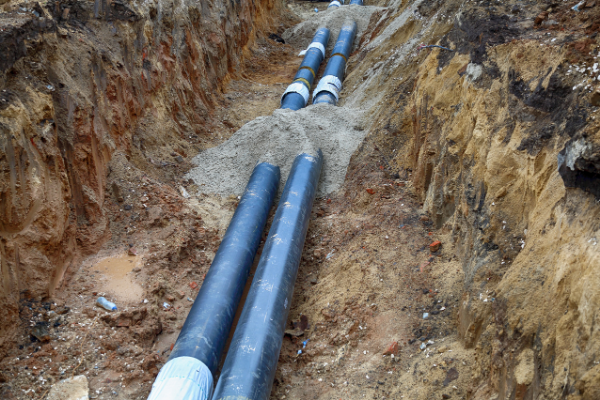Case Studies Location Decisions
The Client
Water utility provider
The Challenge
A 'patchwork’ approach to data which was inefficient and confusing.
Highlights
A new corporate resource comprising of a single source of independent population forecasts and a spatial analysis platform.
Results
Improved infrastructure planning and use of capital expenditure.
This utility is the principal supplier of water, wastewater and drainage services to hundreds of thousands of homes, businesses and farms. They use .id’s Small Area Forecast information (SAFi) and Residential development forecasts of population and dwelling growth to help determine the timing, size and location of future infrastructure investments. They need reliable, complete and easy-to-use forecasts that support their analysis, and allows them to understand the dynamics of growth.
The utility engaged .id to provide consistent long-run population, and residential development forecasts, specifically tailored to the small areas within the utility’s service region. A single-source data strategy, together with the functionality of the. .id Placemaker spatial application, greatly increased the usability of their population and dwelling forecasts.

Business Challenge
The utility manages billions of dollars of assets that deliver water services across an expanse of millions of square kilometres. Planning across such a large network, accurately forecasting future system demand, and the optimal timing, size and location of future network infrastructure investment becomes a major challenge. Precise and timely predictions of both population and dwelling growth are essential.
In that context, the utility was concerned that a ‘patchwork’ approach to data was holding them back. Their models relied on a variety of (often conflicting) data sources, none of which were up to the task of helping them accurately predict demand at the geographic level they required. With information from state and local government sources, as well as anecdotal information from developers and the community, painting a consistent picture of the future was a substantial challenge.
A patchwork of methodological methods also ends up hiding a variety of assumptions beneath the output data. When making investment decisions in an area, they were unsure what developments had been assumed to come online and when. This decreases the usefulness of the ultimate forecasts and impeded the utility’s ability to stress test their demand models themselves.

The .id Solution
To help solve this problem, the utility has used .id SAFi population forecasts.
Leveraging the SAFi (Small Area Forecast information) dataset, .id were able to construct independent and consistent forecasts for dwelling and population growth, specifically matched to the utility’s service area and the individual water and wastewater catchments.
The utility later took advantage of .id’s residential development forecasts, which captures all major development sites (10 dwellings or more) in an accessible GIS layer. This provided the utility with the precise timing, sequencing, and ultimate capacity of each development site within their service area. With clear data about the ultimate capacity of a given site, the utility could make an informed decision about the size and type of infrastructure required to meet the needs of a future community. This has helped avoid costly future upgrades to infrastructure and allowed the utility to invest with confidence.
Access to this information also saved the planning team time. Rather than pulling data together from multiple sources, they have one single point of truth for people across the business to refer back to and ground truth the information they were receiving from local developers. When researching a single site or estate it’s easy to miss the big picture. As demographic forecasters, .id assess the timing of future development based on both supply and demand for housing across a region. This results in more realistic forecasts of the timing of residential development in a given area (i.e. if overall demand is lower than the supply in the development pipeline, not all developments may come online at the pace at which developers may have planned).
The utility also regularly draws on .id’s expert opinion as a sounding board and to help understand the implications of changing demographics within their service area. E.g. the impact of in-fill development and how the Precinct Structure Plans (PSPs) would develop. This gives the planners and analysts confidence in the decisions they are making using the .id datasets.

Outcome
With .id SAFi, Residential Development Forecasts and the .id Placemaker application, the utility was able to construct an entirely new corporate resource – a set of high-quality, independent forecasts for both population and dwelling growth, specifically tailored to their market.
These forecasts offered unprecedented definition, detailing over 3,000 small areas within the broader service region, and allowed the utility to push their forecast horizon out to 2041.
What’s more, with a single consistent source behind the data, and the functionality of the .id Placemaker application, the utility’s analysts were able to ‘get under the hood’ and understand for themselves where the top-line forecasts were coming from.
Using .id data, already well respected in the public service, further cemented the credibility of their analysis. This meant less time defending the data and more time using it to make good quality evidence-based decisions.
Join thousands of subscribers ...
STAY INFORMED
Subscribe to monthly updates
Stay up to date about demographic and economic changes around Australia with .id Insight, our monthly newsletter.
FEED YOUR CURIOSITY
Follow the .id blog
Receive articles twice a week about demographic, economic and housing trends and more. We promise it will be interesting.


